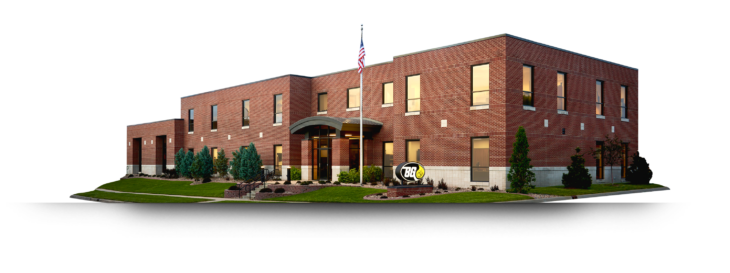We are accustomed to two types of transmissions in all of our vehicles: manual or automatic. Manual is known for its strength and better MPG. Automatic is known for its ease and smooth operation. Today we hear more and more of a new kid on the streets that offers the best of both worlds: the dual clutch transmission (DCT).
The trick of the dual clutch transmission is its ability to deliver power changes through a manual gearbox without shift-shock and torque-interruption, which are characteristic of a conventional manual transmission. The DCT’s lightning-fast gear changes keep power delivery constant while eliminating stall differential between the engine and the drive line. Basically, more of the power produced by the engine is transferred to the wheels, reducing the torque loss common to the automatic transmission.
The DCT divides the transmission into two separate manual transmissions with two clutches, all contained in one housing. Operated in a fully automatic mode, the first clutch operates the outer transmission shaft containing the first, third and fifth gears, while the second clutch with its specific shaft, controls second and fourth gears. Clutch application for reverse can be specific to the design for each manufacturer.







